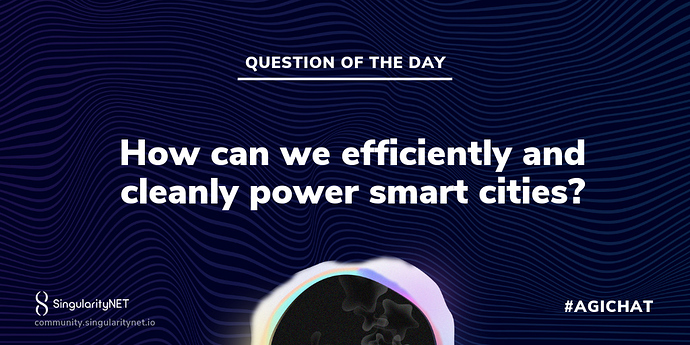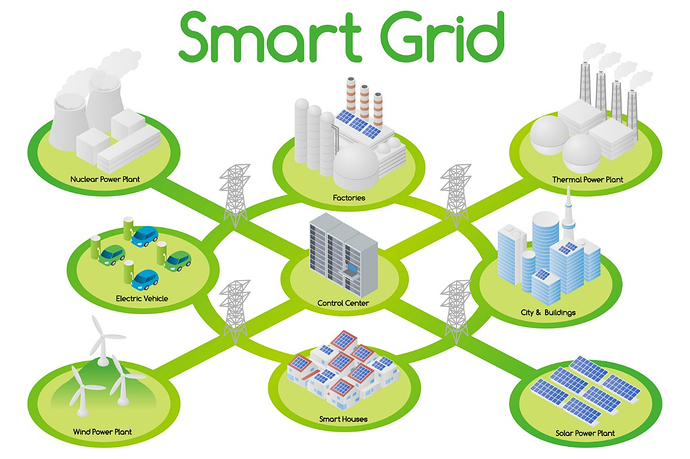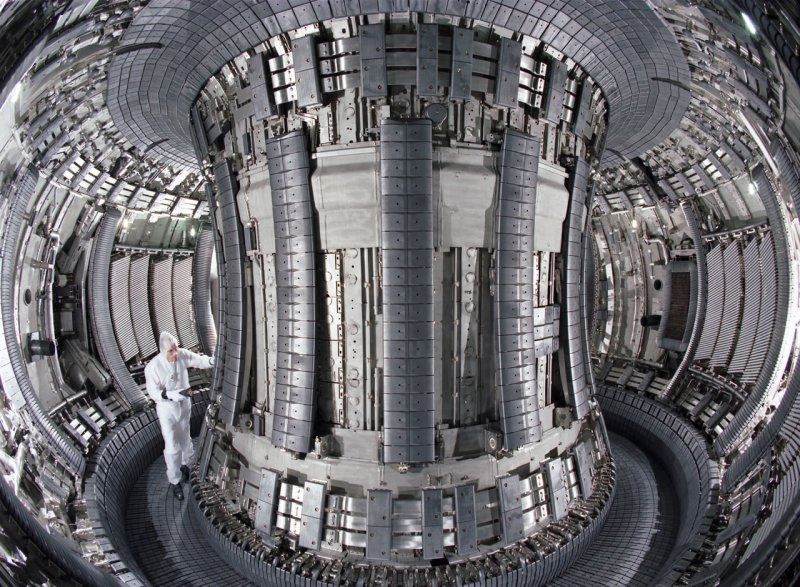Today, more than ever, it’s cities that are deciding the future. Over half of the world’s population currently resides in cities, and the urbanising trend isn’t likely to slow down; by 2030, 60% of humanity will be city-dwellers.
With smart cities and the general population on the rise, one of the major issues facing us is how to power these interconnected cities effectively and efficiently. As a result, many global leaders have publicly asked for a suitable and sustainable answer, one that would support critical infrastructure yet not add to the global emissions challenge. The increasing need for such a solution, coupled with the dropping costs of renewable technologies, has made the transition to a fossil fuel-free environment more likely than ever before. In the last year alone, global renewable energy investment has increased to the point where it’s now surpassing investment in fossil fuels, according to a recent UN report.
From wind to solar, nations all over the globe are utilising this shift to create innovative and energy efficient solutions from natural power. In Saudi Arabia, a $200 billion solar power development has just been signed off, potentially tripling the country’s electricity generation capacity. Over in China – one of the most highly populated countries in the world – the Jiuquan Wind Power Base, also called Gansu Wind Farm Project, was recently approved by the government. The wind farm, which is currently installing capacity of more than 6,000 MW, is projected to grow to a total of 10,000 MW, solidifying China’s ambition to be a global leader in renewable energy.
A lot of renewable power, being weather dependent, is intermittently produced, so cities generating their own power will need smart features – systems that track power production and consumption, balancing them by storing energy for when it is needed and managing demand by offering consumers incentives to use more or less power to coincide with the peaks and troughs of the intermittent generation.
The key smart innovation is, therefore, the smart grid a network of power cables souped-up with digital technology which can track the demand and control the sources feeding power into it, allowing the efficient matching of supply and demand.
What’s next?
Though renewable energy is the way of the future, there are still some concerns about how this will all be feasible, especially as our cities continue to get bigger, smarter and more demanding. Other clean energy technologies such as Fusion Power (http://bit.ly/2QuYQLf) could, however, be the solution to our availability issues.
A strong, efficient, and sustainable future depends on the creation of smart technologies to provide flexibility because, without sustainability, the smart cities we envision are likely to remain closer to fiction than reality.
#AGICHAT #futurism #artificialintelligence #debate #singularitynet #emergingtechnologies #futureofcities #decentralisation #dao #sustainability





